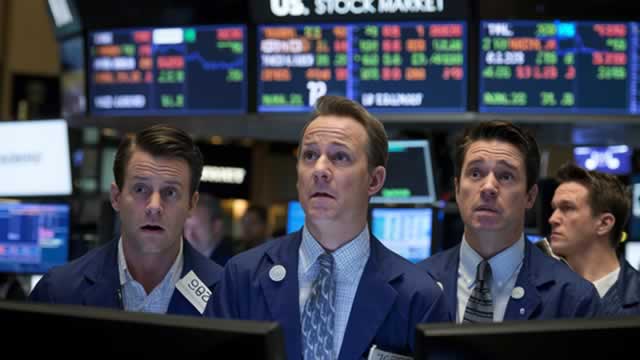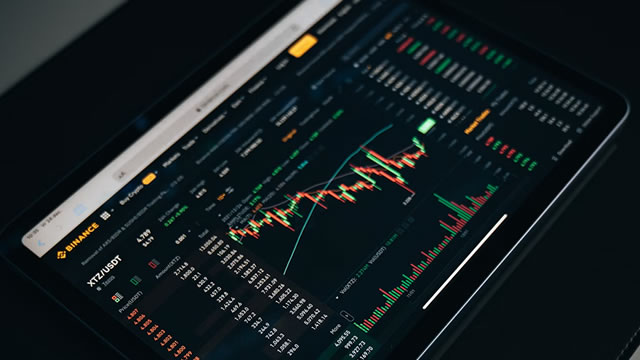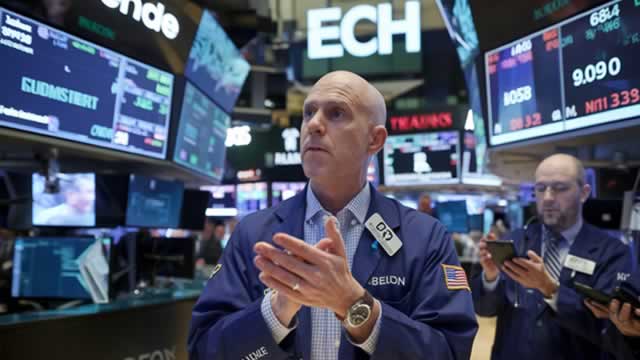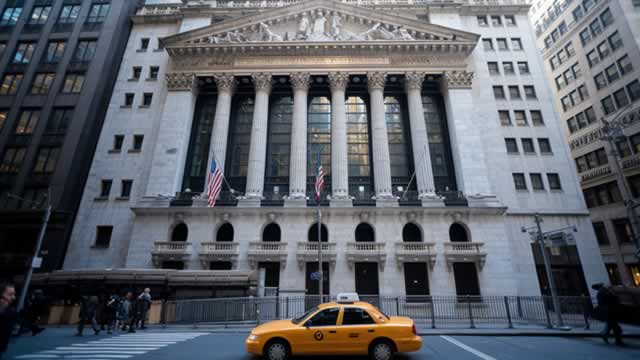Navigating the Economic Maze: Understanding the Impact of Trade Policies on Inflation
In the ever-evolving world of economics, there’s always a new twist or turn that keeps us on our toes. Lately, there’s been a lot of buzz surrounding the potential impact of President Trump’s tariffs and immigration policies on inflation. Let’s dive in and unravel this economic conundrum together.
Fed’s Warning: Uncertainty Reigns
The Federal Reserve, the United States’ central banking system, has recently sounded the alarm. Officials have cautioned that the uncertainty surrounding the impact of President Trump’s trade policies could potentially influence the outlook for curbing inflation. But what does that mean, exactly?
Tariffs: The Hidden Taxes
Let’s start with tariffs. Essentially, they’re taxes on imported goods. When the U.S. imposes tariffs on imported products, it makes those items more expensive for American consumers and businesses. This can lead to higher production costs for companies that rely on imported materials or components. In turn, those increased costs can be passed on to consumers in the form of higher prices for goods and services.
Immigration Policies: Labor Market Shifts
Now, let’s discuss immigration policies. Changes in immigration policies can impact the labor market. If there’s a reduction in the availability of immigrant labor, businesses may have to look elsewhere to fill the gap. This could lead to higher wages for workers in those industries, which can contribute to inflation.
Impact on Consumers: Higher Prices
So, what does all of this mean for the average American? In short, uncertainty around tariffs and immigration policies can lead to higher prices for consumers. Whether it’s a box of cereal, a new pair of shoes, or a car, the cost of goods could increase as a result of these policies.
Impact on the World: Trade Tensions and Global Economy
But the ripple effect doesn’t stop at American borders. The global economy is interconnected, and trade tensions between major players like the U.S. and China can have far-reaching consequences. The uncertainty surrounding these policies can lead to instability in financial markets, potentially impacting investments and economic growth in other countries.
Conclusion: Navigating the Uncertainty
In conclusion, the economic landscape is a complex and ever-changing maze. The uncertainty surrounding President Trump’s tariffs and immigration policies can have a significant impact on inflation, both domestically and internationally. As consumers, it’s important to stay informed about these developments and how they may affect our wallets. Let’s hope that policymakers can find a way to navigate this maze without causing too much disruption to our economy.
- Federal Reserve officials have expressed concern over the uncertainty surrounding the impact of President Trump’s tariffs and immigration policies on inflation.
- Tariffs act as taxes on imported goods, making them more expensive for American consumers and businesses.
- Changes in immigration policies can impact the labor market, potentially leading to higher wages and inflation.
- Higher production costs due to tariffs can be passed on to consumers in the form of higher prices for goods and services.
- Uncertainty around these policies can lead to instability in financial markets, potentially impacting investments and economic growth in other countries.





